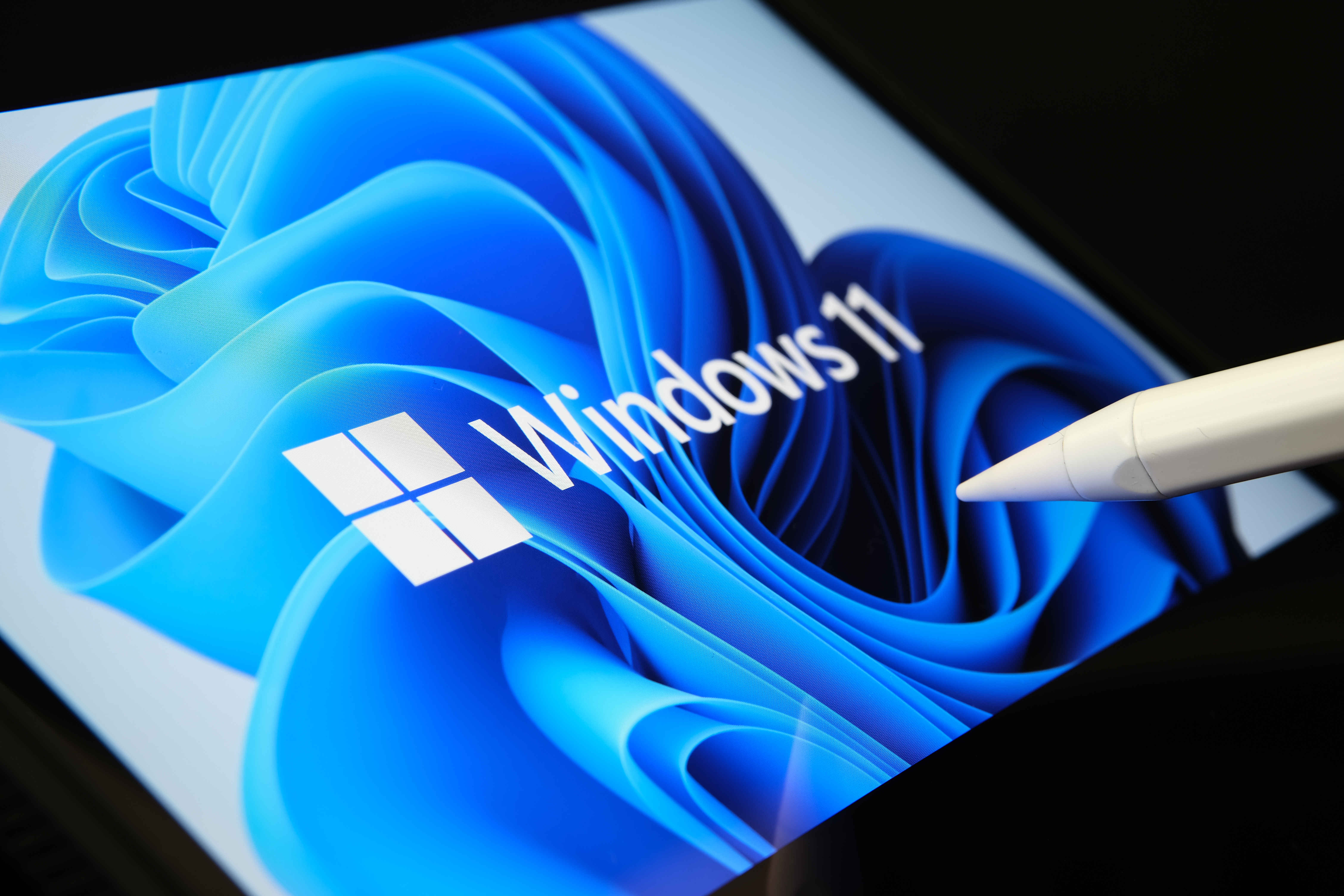🖥️ The Windows 11 User Experience: A Modern Look with Polarizing Changes
Windows 11 represents a substantial aesthetic and functional leap from Windows 10, characterized by a Fluent Design overhaul that emphasizes rounded corners, subtle animations, and a more streamlined interface. While many users appreciate the modern visual polish, several key changes to core navigation have created a mixed and often polarizing experience.
✅ Pros: A Cleaner, More Productive Aesthetic
- Refreshed and Consistent Design: The new UI, with its centered taskbar, simplified Start Menu, and system-wide use of **rounded corners**, offers a cohesive and visually pleasing experience.
- Snap Layouts and Snap Groups: A standout productivity feature. Users can quickly arrange multiple windows into complex layouts, and **Snap Groups** remember the arrangements even after undocking/redocking a laptop, significantly improving multitasking efficiency.
- Enhanced Gaming: Features like **Auto HDR** (for better color in games) and **DirectStorage** (for faster load times on compatible SSDs) offer a noticeable improvement for gamers.
- Redesigned Settings App: The Settings app is now better organized and more intuitive than the often confusing Windows 10 version, with clear categories and an effective search bar.
- Deeper AI Integration (Copilot): The built-in **Copilot** assistant aims to become a central hub for system controls, personalized help, and content creation, blending AI into the daily workflow.
❌ Cons: Usability and Customization Setbacks
- Taskbar Limitations: This is a common point of frustration. The Windows 11 taskbar cannot be moved to the side or top of the screen, and icons cannot be "ungrouped" (showing individual application names), which many power users rely on.
- More Clicks for Simple Actions: Essential tasks, like accessing common File Explorer commands (e.g., Copy, Paste, Rename) or system controls, now often require **an extra click** or navigating the **"Show more options"** context menu.
- Forced Online Account Setup (Home Edition): The mandatory requirement for an active **Microsoft Account** and an internet connection during initial setup for Windows 11 Home is seen as a major privacy and usability intrusion.
- Reduced Customization: Users accustomed to deep personalization in Windows 10 find options for the Start Menu and Taskbar heavily restricted, leading to a "one-size-fits-all" feel.
- Performance Issues (Especially on Upgrades): Some users, particularly those who upgrade from Windows 10 rather than performing a clean install, report that File Explorer and other system apps feel noticeably **slower** or "clunky."
📰 Conclusion: The Balancing Act
The Windows 11 experience is a clear trade-off: users gain a beautiful, modern, and highly capable interface with features like Snap Layouts, but they sacrifice some of the **speed and granular control** that defined Windows 10. While Microsoft is constantly refining the operating system—often reintroducing features based on user feedback—the centralized, restrictive nature of the taskbar and the push towards mandatory online accounts remain the most significant barriers for long-time Windows enthusiasts.
Ultimately, a positive experience largely depends on whether a user values the **visual cohesion and productivity enhancements** (Snap Layouts, Auto HDR) more than they value the **classic customizability and reduced-click efficiency** of previous versions.




0 Comments